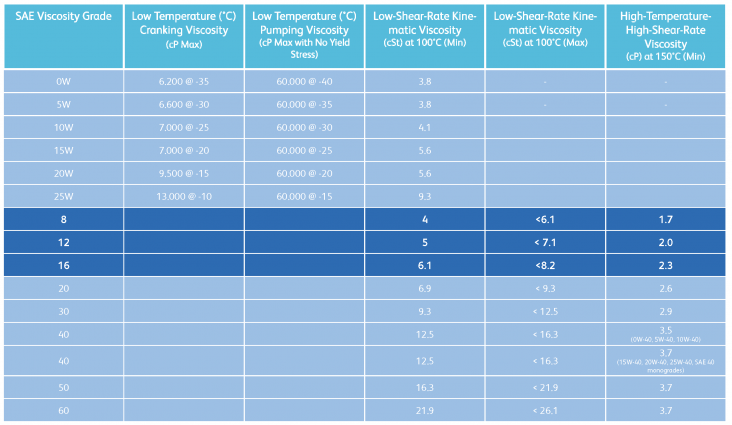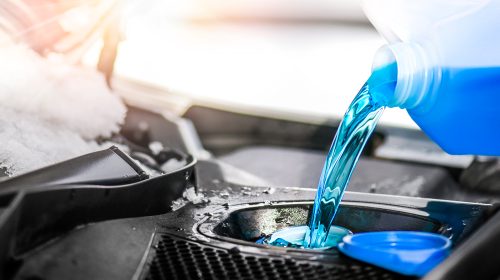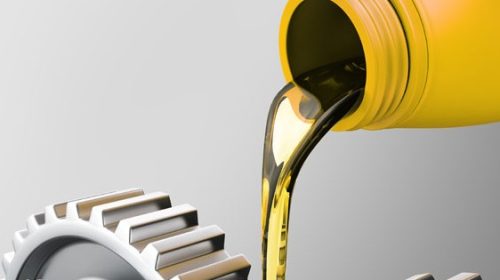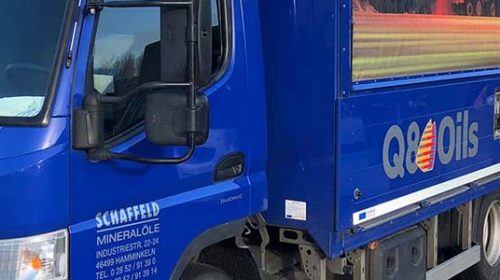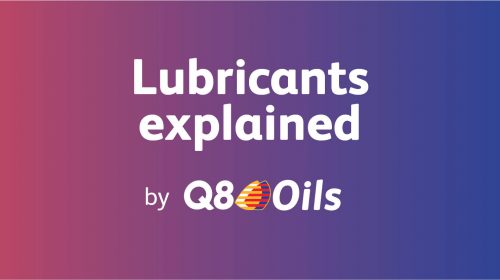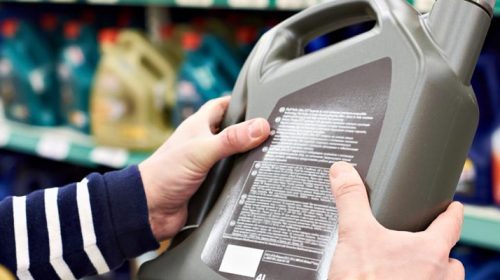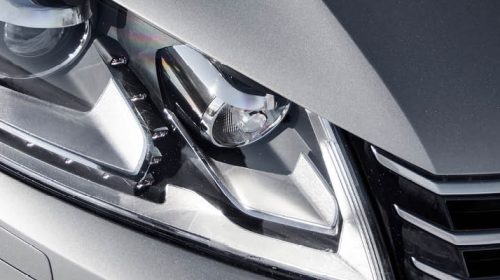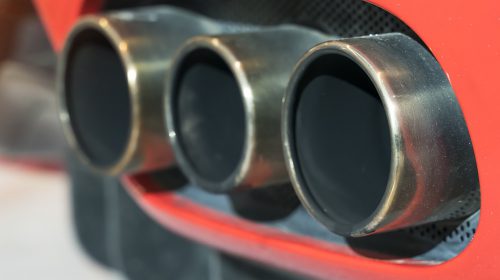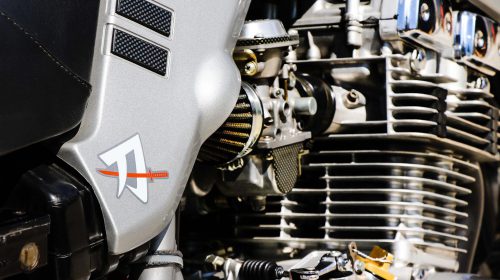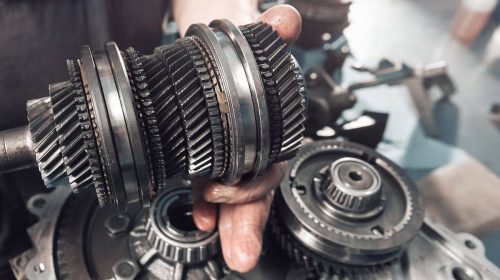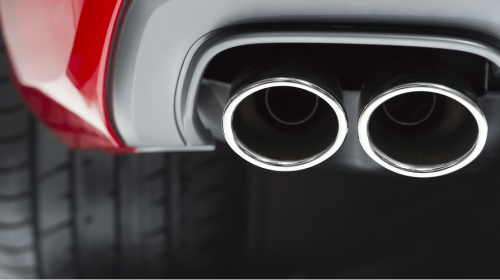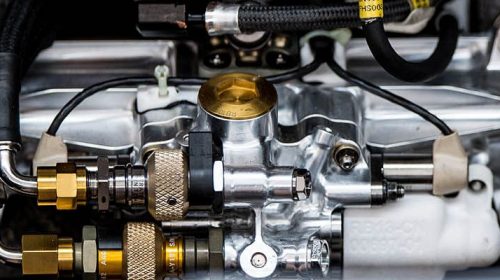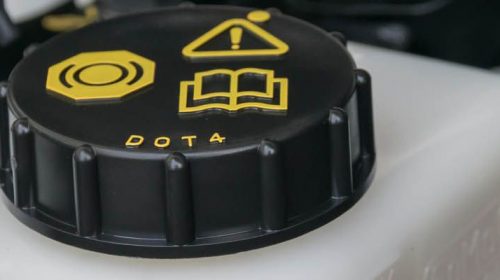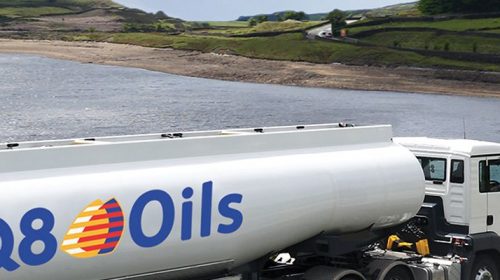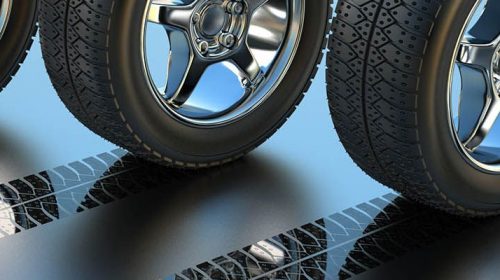The Society of Automotive Engineers ( SAE) recently introduced new specifications concerning low viscosity in the J300 motor oil classifications. These new specifications will help OEMs (Original Equipment Manufacturers) to achieve the increasingly stringent requirements in terms of fuel economy. However, this extremely low viscosity may bring many challenges concerning sustainability. Let us explain.
What is viscosity?
Viscosity is the fluidity and/or the thickness of oil. This fluidity and/or thickness is a result of the resistance to flow. And the bigger this internal resistance, the harder it will be for the oil to flow smoothly. The less the resistance, the better the oil flows.
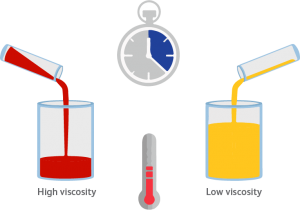
What is HTHS?
HTHS ( High Temperature High Shear) viscosity is the way we measure the ability of fully heated oil (150°C) to run efficiently between the narrow openings of fast-moving engine parts: for example, between piston ring and lining, valve train, gearwheel contact points, and so on.
HTHS can mostly be considered as a positive thing because it contributes to an improvement of fuel economy.
What are the challenges?
- Wear
HTHS-viscosity can result in fuel savings throughout the course of the entire oil change interval. But it can also result in an increased risk of damage and cause critical engine parts to wear out faster. Therefore, the development of new additives for these ultra-thin oils for high-performance engines is crucial.Requirement for new designs
There is a very big chance that engine manufacturers will have to redesign their engines: it is only with the right type of engine that users will benefit from this “new” low-viscosity oil.
- Requirement for new additives
As previously described, new additives must be developed to add to this “new” oil. This brings many challenges with respect to the maintenance of the correct protection and durability – within the correct oil formulas.
- Currently for passenger vehicles only
For the time being, these innovations are only applicable to hardware for passenger vehicles. Manufacturers developing engines for heavy goods vehicles are carrying out research, but have yet to deliver any concrete results.
SAE J300 Motor Oil Viscosity Chart
